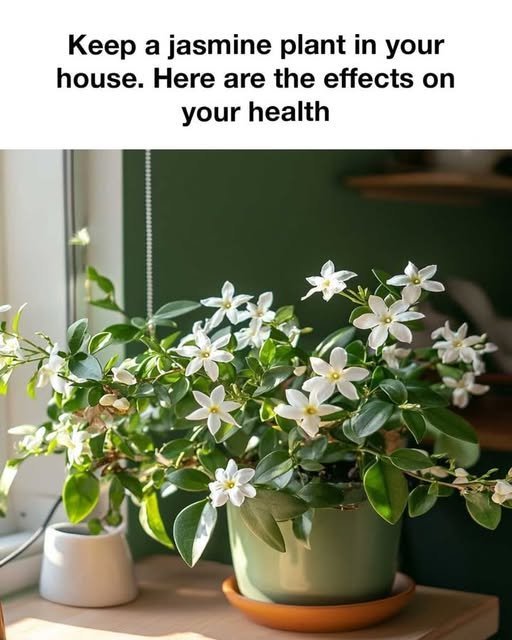In the world of gardening, ground covers play a crucial role in enhancing the aesthetic appeal and functionality of landscapes. Among the myriad of options available, thyme stands out as a particularly compelling choice. This hardy herb not only adds a touch of greenery to your garden but also brings a host of benefits that make it an excellent addition to any outdoor space.
Thyme, a member of the mint family, is a versatile plant that thrives in various conditions. Its ability to adapt to different environments, coupled with its numerous advantages, makes it a popular choice for gardeners looking to create a lush, low-maintenance landscape. In this article, we will explore seven compelling reasons to plant a thyme ground cover and provide a comprehensive guide on how to cultivate it effectively.
1. Low Maintenance Beauty
Thyme is renowned for its low maintenance requirements, making it an ideal choice for busy gardeners or those new to gardening. Once established, thyme requires minimal watering, typically only needing about 1 inch of water per week during dry spells. Its dense growth habit helps suppress weeds, reducing the need for frequent weeding. Additionally, thyme does not require regular fertilization, thriving in poor to moderately fertile soil with a pH range of 6.0 to 8.0. This makes it a perfect ground cover for those seeking a beautiful, hassle-free garden.
2. Drought Tolerance
One of thyme’s most remarkable features is its drought tolerance. This hardy herb is well-suited to dry, arid climates and can withstand extended periods without water. Thyme’s deep root system allows it to access moisture deep within the soil, enabling it to survive in conditions where other plants might struggle. This makes thyme an excellent choice for xeriscaping or for areas prone to water restrictions, as it can maintain its lush appearance with minimal irrigation.
3. Natural Pest Repellent
Thyme is not only a beautiful addition to your garden but also a natural pest repellent. The essential oils found in thyme, particularly thymol, have been shown to deter a variety of garden pests, including aphids, cabbage worms, and whiteflies. By planting thyme as a ground cover, you can reduce the need for chemical pesticides, creating a healthier environment for both your plants and beneficial insects. This natural pest-repelling property makes thyme an eco-friendly choice for sustainable gardening.
4. Aromatic Appeal
The aromatic appeal of thyme is another reason to consider it as a ground cover. When crushed or brushed against, thyme releases a pleasant, earthy fragrance that can enhance the sensory experience of your garden. This aromatic quality not only adds to the enjoyment of your outdoor space but can also help mask unpleasant odors from nearby sources. Planting thyme near pathways or seating areas allows you to fully appreciate its delightful scent as you move through your garden.
5. Versatile Culinary Uses
Thyme is a culinary herb with a wide range of uses in the kitchen, making it a practical addition to your garden. Its leaves can be used fresh or dried to flavor a variety of dishes, from soups and stews to roasted meats and vegetables. Thyme pairs well with other herbs such as rosemary and oregano, adding depth and complexity to your culinary creations. By growing thyme as a ground cover, you have easy access to this versatile herb, allowing you to incorporate its fresh flavor into your cooking whenever you desire.
6. Soil Erosion Prevention
Thyme’s dense growth habit and extensive root system make it an effective ground cover for preventing soil erosion. Its roots help stabilize the soil, reducing the risk of erosion on slopes or in areas prone to heavy rainfall. By planting thyme in these vulnerable areas, you can protect your landscape from the damaging effects of erosion while enjoying the aesthetic benefits of this attractive herb. This makes thyme a practical choice for gardeners looking to maintain the integrity of their soil.
7. Attracts Pollinators
Thyme is a magnet for pollinators, attracting bees, butterflies, and other beneficial insects to your garden. Its small, tubular flowers are rich in nectar, providing a valuable food source for these important creatures. By planting thyme as a ground cover, you can support local pollinator populations, contributing to the health and biodiversity of your garden ecosystem. This not only benefits your thyme plants but also helps improve the productivity of other flowering plants in your garden.
8. Choosing the Right Thyme Variety
When selecting a thyme variety for ground cover, consider factors such as climate, soil type, and intended use. Creeping thyme (Thymus serpyllum) is a popular choice for ground cover due to its low-growing habit and vibrant flowers. Woolly thyme (Thymus pseudolanuginosus) is another excellent option, known for its soft, fuzzy foliage and ability to thrive in poor soil conditions. Consider your specific gardening needs and preferences when choosing the right thyme variety for your landscape.
9. Preparing Your Garden for Planting
Before planting thyme, prepare your garden by clearing the area of weeds and debris. Loosen the soil to a depth of 6 to 8 inches, incorporating organic matter such as compost to improve drainage and fertility. Ensure the planting area receives full sun, as thyme thrives in bright, sunny conditions. If your soil is heavy or clay-like, consider adding sand or gravel to improve drainage, as thyme prefers well-drained soil.
10. Step-by-Step Planting Guide
To plant thyme, start by spacing plants 12 to 18 inches apart to allow for their spreading habit. Dig a hole slightly larger than the root ball of each plant, and gently place the thyme in the hole, ensuring the top of the root ball is level with the soil surface. Backfill the hole with soil, pressing gently to remove air pockets. Water the plants thoroughly after planting to help them establish. For larger areas, consider using thyme seeds or plugs, following the same spacing guidelines.
11. Tips for Long-Term Care and Maintenance
Once established, thyme requires minimal care. Water the plants deeply but infrequently, allowing the soil to dry out between waterings. Prune thyme regularly to maintain its shape and encourage bushy growth. In colder climates, consider applying a layer of mulch in the fall to protect the roots from freezing temperatures. Fertilize sparingly, if at all, as thyme thrives in low-nutrient conditions. With these simple care tips, your thyme ground cover will continue to thrive and enhance your garden for years to come.



